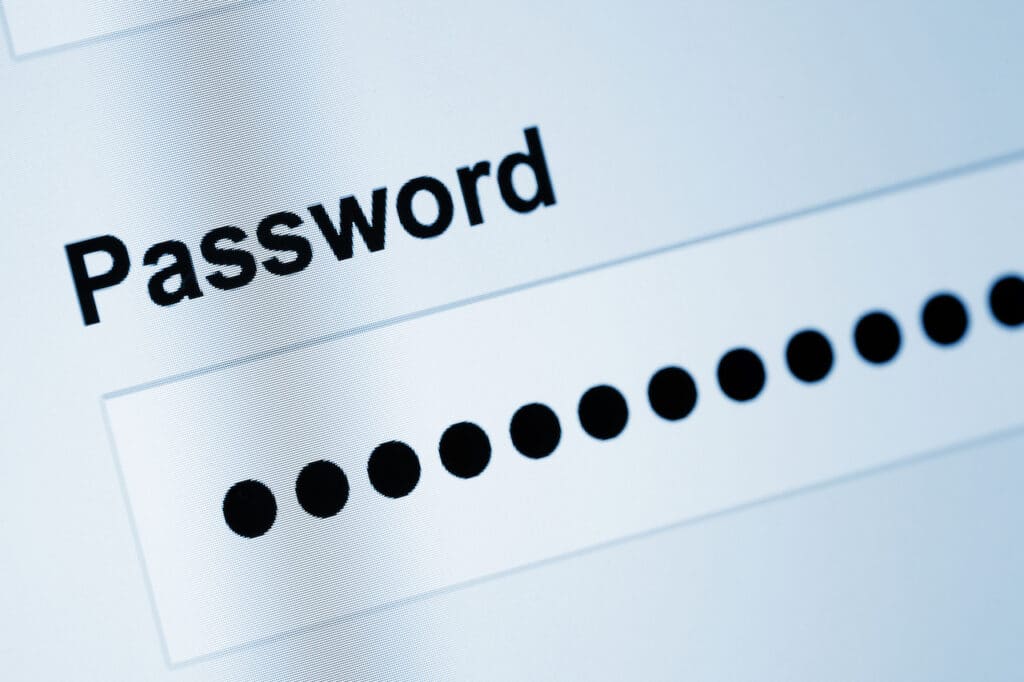With cybercrime on the rise and 2 billion passwords being leaked in 2021 alone, it’s no wonder that cybersecurity has become a hot-button issue. As internet users and businesses alike scramble to find ways to build defenses, password best practices remain one of the most important and simplest ways you can protect yourself, your data, and your business.
At the heart of it, all are password best practices. By implementing and following these 10 tips, you and your employees can help ensure the safety of your organization:
1. Use a Password Manager
A password manager is essential for creating and managing complex and unique passwords for all online accounts. It also makes it easier for employees to safely store their credentials without forgetting them or writing them down.
2. Don’t Share Passwords
Sharing passwords can put your entire corporate system at risk, so it’s important to reiterate that sharing passwords is a no-no. Even amongst fellow employees, sharing passwords can lead to significant data breaches and financial loss, and sometimes, even fines and penalties. The best way to protect a password is always to keep it to yourself.
3. Use Complex Passwords
Simple passwords can be cracked easily by attackers, so make sure you and your team are using strong, unique passwords that contain a mix of upper- and lower-case letters, numbers and special characters.
4. Don’t Use the Same Password Across Accounts
Reusing the same password across multiple accounts is dangerous because if one account gets hacked, then all of them could be at risk. Ensure each employee has a different password for each account they use.
5. Don’t Write Down Passwords
Writing down passwords makes them easy targets for hackers or malicious insiders who can access physical documents with ease. Instead, train employees on how to use a password manager.
6. Use Two-Factor Authentication
Adding two-factor authentication to accounts ensures that, even if someone does gain access to an employee’s credentials, they still won’t be able to log in without the additional factor.
7. Don’t Click on Links and Attachments from Unknown Sources
Phishing scams are one of the most common ways attackers try to gather sensitive data or install malware onto your system. Educate employees on what phishing scams look like so they can avoid clicking on links or attachments sent by unknown sources.
8. Always Log Out of Accounts When Finished Working
Encourage employees to always log out of their online accounts when they’re done working, in order to reduce the risk of their accounts being accessed while they’re away.
9. Change Passwords Regularly
Have employees change their passwords every three months or so and make sure not to reuse old passwords for new ones.
10. Use Password Protectors on All Devices
Password-protecting laptops, phones and tablets is a great way to ensure that if one of these devices gets lost or stolen, their data remains safe from intruders.
Let Tech Rockstars Keep You Safe
By implementing a few simple password best practices, your company can help keep its confidential information secure—but staying ahead of hackers requires more than just good password hygiene.
Tech Rockstars can provide your organization with an extra layer of protection through our comprehensive cybersecurity services that include continuous monitoring, risk assessment and compliance management. With Tech Rockstars on your side, you can be sure that your data and systems are secure from the latest threats.
Contact us today to learn more about our cybersecurity services and password best practices!


